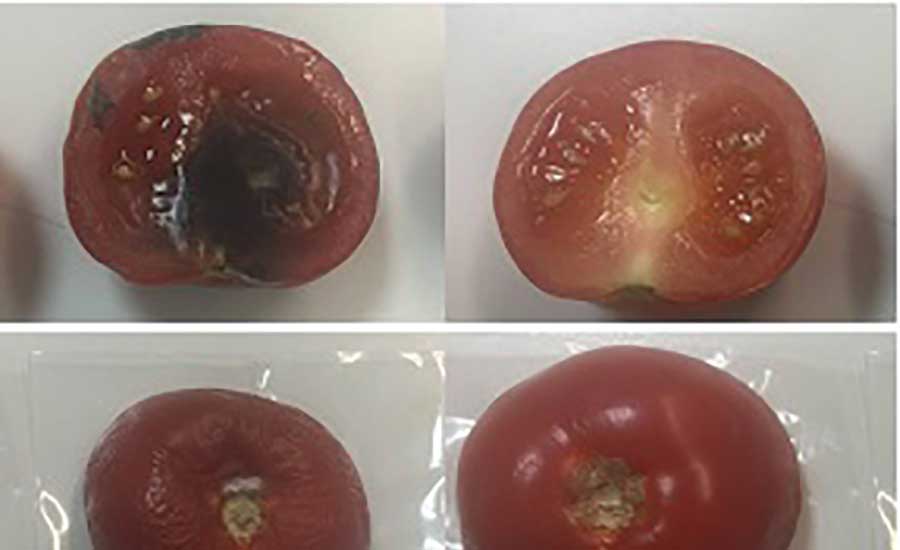
Scientists have developed a new packaging film with clay nanotubes and antibacterial essential oils that can prevent microbial growth and over-ripening of fruits, keeping them fresh for longer.
People around the world have been trying to preserve fruits, vegetables and meats since ancient times. From the traditional methods of salting or fermenting to the more modern methods of canning, freezing or wrapping in plastic films, food preservation has always been important.
Food packaging that is capable of interacting with food can contribute to safety and prevent economic losses from spoilage.
Specialised films that can preserve a wide array of foods are highly sought after.
According to the US Department of Agriculture, about 30-40 per cent of the food that farmers produce in the country goes to waste, researchers said.
Over the past two decades, scientists have been developing alternative ways to preserve food, with an extensive focus on packaging.
The team also wrapped tomatoes in the film and compared them to food wrapped in plain polyethylene. After 10 days, the tomatoes wrapped with the new film were better preserved than the control vegetables.
Produce wasn’t the only test food though. The researchers also wanted to see how the film would work on chicken, and the results were encouraging. Chicken enveloped with the experimental film and refrigerated for 24 hours showed significantly less bacterial growth than chicken in plain polyethylene.
Specifically, the film was created to address the issues of bacterial contamination and permeability to both oxygen and water vapor. It also was designed to prevent too much ethylene from building up around foods. Ethylene is a compound naturally released by fruits and vegetables that aids in the ripening process, but an excessive amount trapped underneath the packaging film can cause food to over ripen and rot.
Ethylene is a compound naturally released by fruits and vegetables that aids in the ripening process.
In an effort to scavenge for ethylene and provide a gas barrier, the group incorporated clay “halloysite nanotubes,” which are small, hollow cylinders, into its film. The nanotubes prevent oxygen from entering the film and prevent water vapor and other gasses from escaping. They also keep ethylene from building up by absorbing it.






